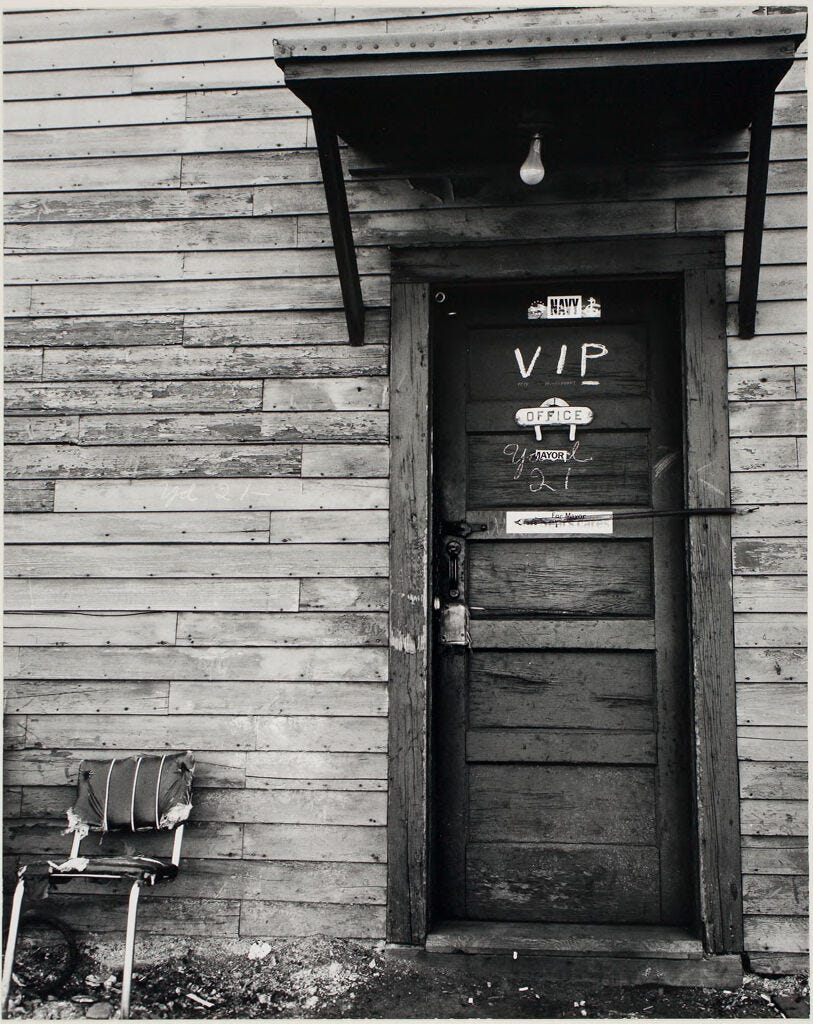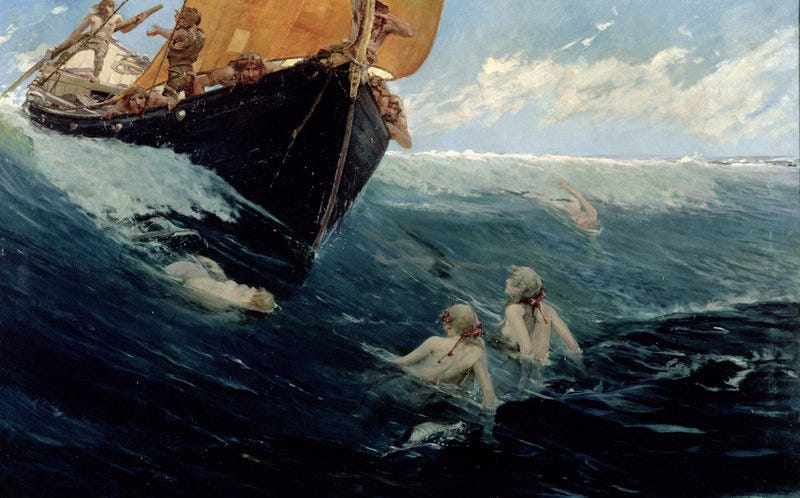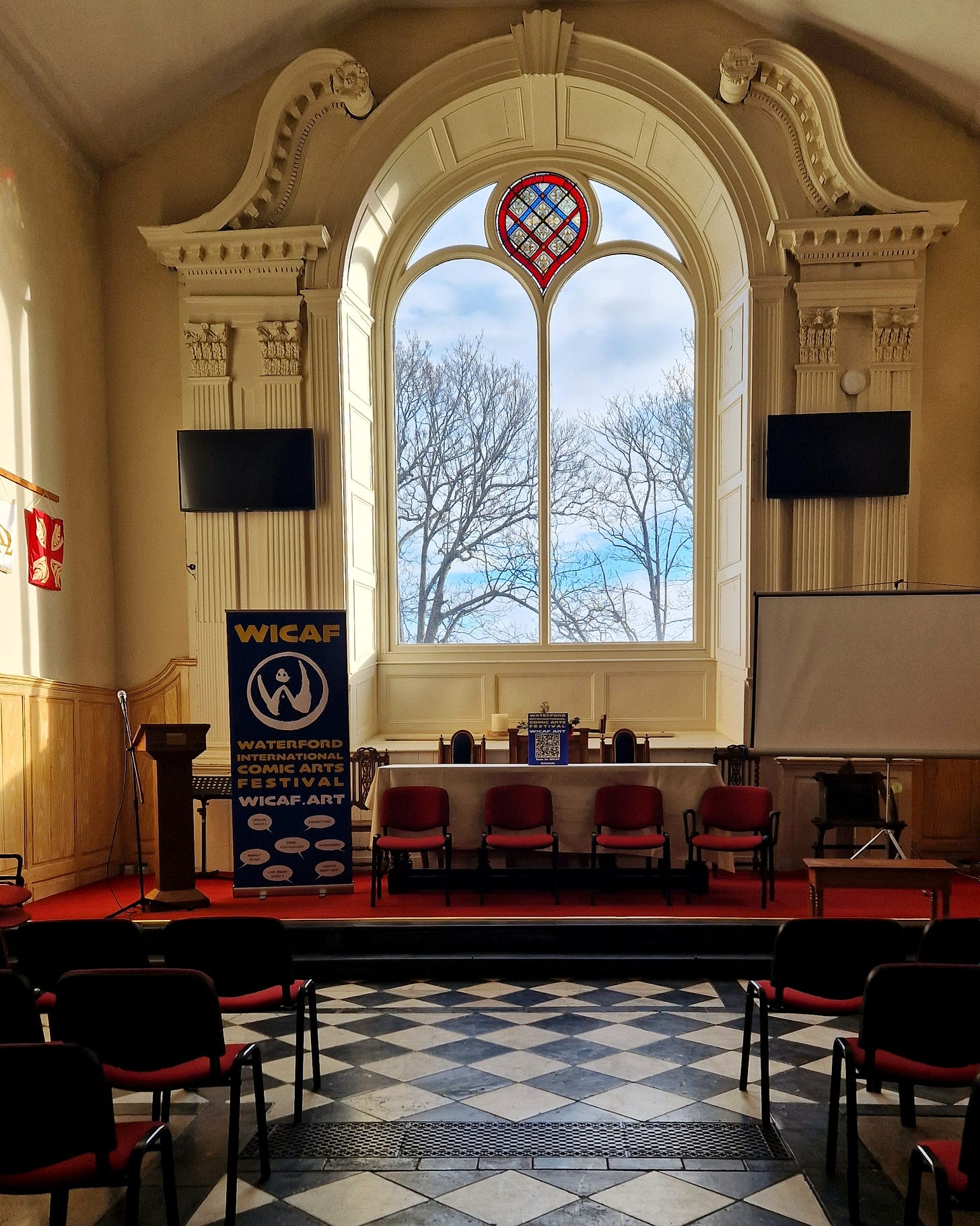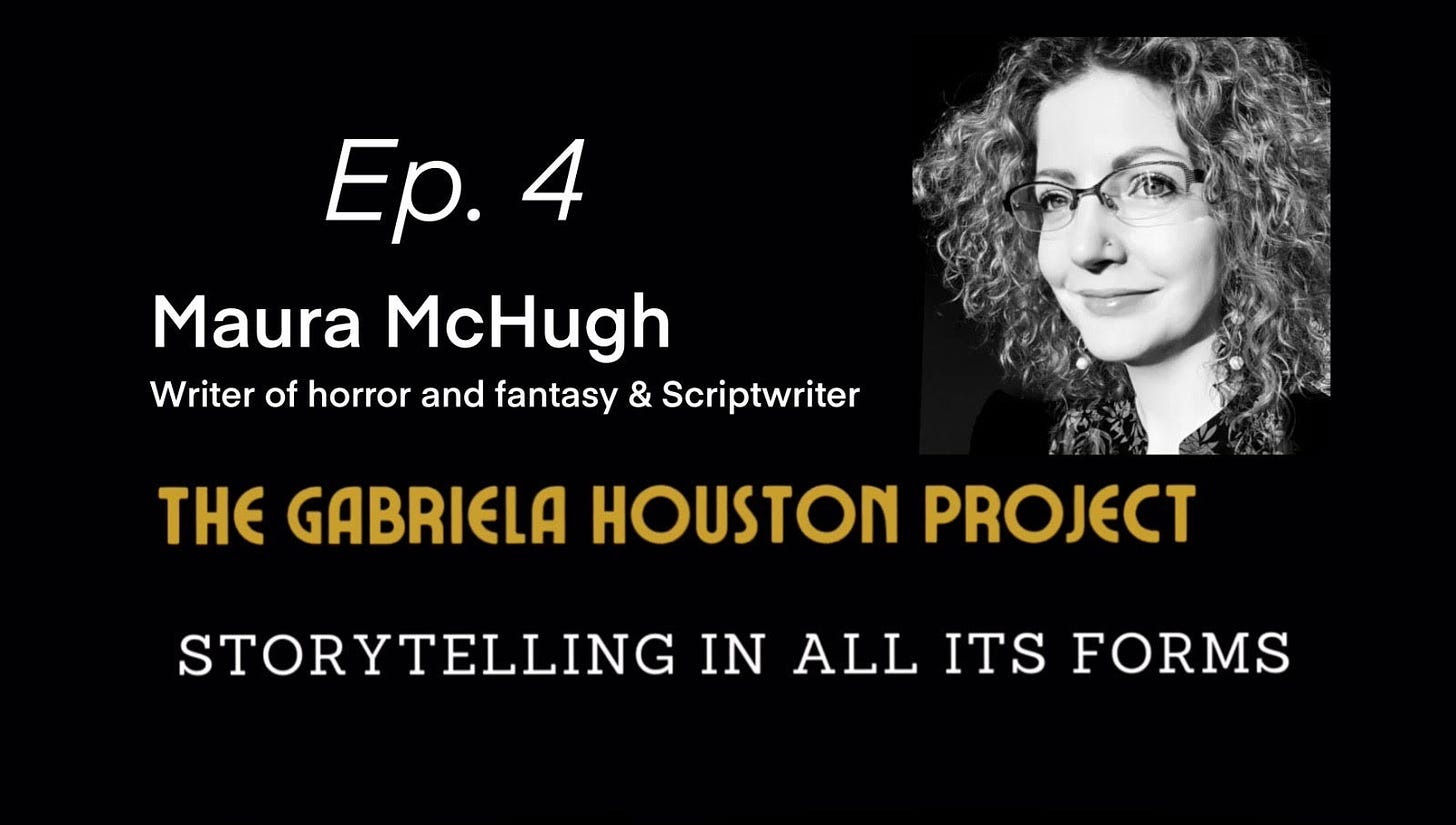Dear consistent reader,
Welcome to year two of Splinister, my weekly newsletter in which I consider an assortment of subjects including film/TV, philosophy, technology, arts, theatre, writing, and mythology along with musings upon concepts that have been occupying my mind.
It’s taken me a year of writing to realise that I’m producing a cultural eZine, with an editorial and a range of topics depending upon what’s current in my life. Mostly, I leave any self-promotion about my work until the end, which functions as the advertisement section. It’s been useful to make this blindingly obvious insight as I’ll use it as a guideline for how I continue to structure my newsletter in the future.
While several of you pay for my newsletter, I’ve kept all the content free, and I’m going to continue with this policy for this coming year. If you enjoy the work and you wish to contribute, please do: you will be supporting my output and helping those without the funds to access everything.
Perhaps future necessity will force me into a more pragmatic model where I drop the red velvet rope across a VIP section, and escort the paying members over the threshold and into an exclusive area with elevated views on plush couches, but at the moment I’d prefer not to run a two-tiered club. As usual: thank you to the paying subscribers! I appreciate that you value what you are receiving. And if you fancy contributing, go ahead and upgrade.

I spent the weekend attending the first Waterford International Comic Art Festival in the port city of Waterford, which is situated just above the terminus of the River Suir and River Barrow as they exit into the Celtic Sea, at the South East of Ireland. It was first settled by the Vikings as early as 893, and is considered by the people of Waterford to be the first city properly established in Ireland. The city’s name comes from the Old Norse Veðrafjǫrðr which can be poetically translated as ‘haven from the windswept sea’ or ‘fjord of the rams’, but the Irish name is Port Láirge, meaning ‘Lárag's Port’.
Here’s a fun snippet from the Visit Waterford web site:
In 914, the great Viking adventurer and pirate, Regnall, a grandson of Ivor the Boneless, established a base here and built a Longphort or ships haven, which would in time become a modern city. In 918, Regnall took a fleet of ships and left Waterford sailing for York and he became the first Norse ruler of that City and held the title ‘King of Waterford and York’.1
As someone who is fascinated by mythology, I was intrigued to read one fanciful yarn about how Port Láirge got its name. It comes from the Dindshenchas — which I’ve mentioned before — and translates from the Irish as ‘lore of places’.
The tale describes how the sea-faring King Rot of Inis Áine, son of Cithang2, was cresting ocean waves upon another grand adventure when he heard the siren call of gorgeous mermaids. Lured by their fair features and glamoured by their song, he steered his ship toward their beckoning forms.
He fell into their arms, aflame with desire. They drowned him and tore his body into pieces.
Some time afterwards, his thighbone (láirg in Irish) washed up at the southern port, and it was named after this artefact as a tribute.
This provoked me to ponder many things, including how can one be identified from a lone bone? Maybe King Rot was known as a particularly tall person? Or, perhaps this story was embellished from the fact that the Waterford section of the River Suir could be vaguely described as somewhat like a thighbone?
Or could it serve as a warning about the perils of sailing? Storms can rush up and surprise vessels in the Celtic Sea, but clearly there are weirder dangers. If you are not careful and respectful of the territory upon which you are trespassing, the primal waters and their enchanting kin will devour you.
This first WICAF — created by artist/director/musician Paul Bolger and Jonathan and Nicole Sullivan of Waterford Comics — was conceived on short notice as a pilot event, and took place in St. Patrick’s Gateway, the Methodist Church in Waterford. The team pulled together a range of people who work in graphic arts: illustrators, animators, comic book writers and artists, cartoonists, caricaturists, children’s book authors and artists, and video game developers. There were workshops on a variety of topics, but I concentrated on attending the series of discussion panels in the main hall.
The ethos of WICAF is to promote the array of work emerging from Irish creators in this field and to encourage the development of these professions. Thus there was a lot of discussion on the complexities of Work for Hire contractors, self-publishing, fundraising, contracts, agents, networking and dealing with publishers in Europe as well as America. This kind of nuts-and-bolts conversation from people with a mixture of experiences is super useful to those of us in the trenches. We were not behind stalls selling work but sitting in the audience absorbing the knowledge of our colleagues. Many of the ‘comic cons’ in Ireland tend to focus on other media, and can be exhausting affairs that may not encourage individuals to meet people beyond their usual social group. This is not to disparage them, as those events can be important revenue streams for artists who are selling work and merchandise.
At the weekend I got to hang out with people I knew and connect with those I didn’t know well or I met for the first time. This kind of socialisation is useful for people who spend a lot of their time in front of a desk in their home. It also allows you to learn new perspectives from people in adjacent art forms and understand that there may be new avenues to explore.
Plans for next year’s WICAF are already shaping up, including a bigger venue and more elements. I hope it will continue, thrive and provide a much-needed locus for professional creators in graphic arts, including those who aim to make it their business. I do not mind an inaugural event that is a bit rough around the edges as long as it has heart, and is convivial and generous to those sharing their expertise.
Congratulations to the WICAF team on their first event, and best wishes for next year!
And in the Mauraverse: thanks to author Gabriela Houston (The Bone Roots) for inviting me onto her vlog/podcast, The Gabriela Houston Project. We recorded this back in December; it was a fun and lively chat.
It will be online via her YouTube channel (and Spotify) tomorrow, Wednesday the 6th of February.
Wishing you all safe harbours and swift escapes from sea sorceresses!
I need to point out that the exact origin of places in Ireland can be a bit muddied, especially when there are multiple people with the same name, and much of this was recorded after the events. I do not want to cast doubt upon the synopsis on the Visit Waterford web site, but I will add the caveat that ‘it’s complicated’.
Mother unspecified. Perhaps it was a parthenogenetic birth!








